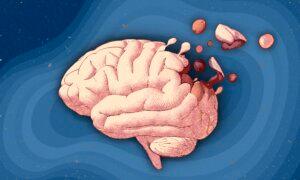As artificial intelligence (AI) turbocharges addictive apps and algorithms, global health experts are sounding the alarm on a growing crisis: Internet addiction now affects nearly half of smartphone users worldwide, with children and teens facing the most significant risks.
Lack of Safety Data
In the United States, roughly 95 percent of children and adolescents between ages 13 and 17 use social media, and one-third report using these platforms “almost constantly.” A 2023 study found that teens spend an average of five hours per day on social media platforms alone.Some Forms of Internet Addiction Already Classified as Mental Disorders
The commission identified several factors exacerbating the crisis, including “ready access of minors to the internet, the use of addictive design and manipulative algorithms by technology companies to encourage and direct online attention, and the ever-increasing power of artificial intelligence (AI) to strengthen such designs and algorithms.”But social media is only part of the problem, and the Lancet Commission wrote about a need to include online forms of gambling disorder and gaming disorder, “which are classified primarily as disorders due to addictive behaviours and secondarily as impulse control disorders.”
Global Response and Future Action
The commission plans to unite an international multidisciplinary team of experts in behavioral health, public policy, and people who have personally experienced the adverse effects of internet use disorders.“The confluence of recent investment in networked research to detect risk and prevent PUI in teenagers at an international level, advances in large language models, and ongoing legislative attempts to address online safety and to regulate AI in the USA, Europe, and Asia make this effort timely,” the statement noted.
The commission stated that its ultimate goal is to create a framework that guides the development of evidence-based care while reducing population-level adverse effects linked to technology use. It intends to focus on developing preventive and therapeutic interventions while balancing civil liberties with harm prevention.







